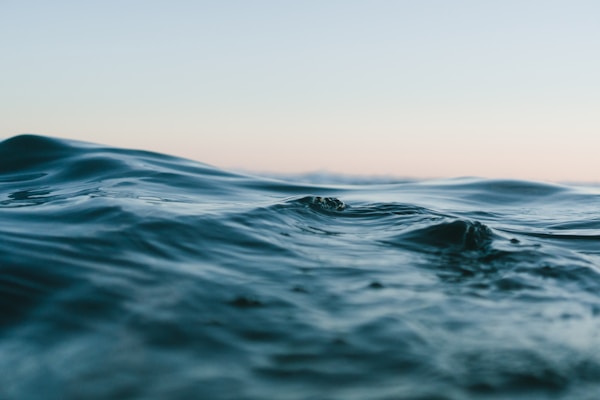
By Rose Delaney, Staff Writer & Researcher for Save The Water™ | January 11, 2019
First of all, in 2015, the United Nations (UN) General Assembly put forth the UN Sustainable Development Goal 6 (SDG 6). Overall, SDG 6 calls for both the global accessibility and effective management of water and sanitation. Above all, this bill applies regardless of race, religion, or geographic location.1According to the United Nations International Children’s Emergency Fund (UNICEF), WASH stands for "water, sanitation, and hygiene." Certainly, the lack of equitable, secure, and common access to WASH is a core public health concern. In addition, these issues are more severe in developing countries where inequity thrives.According to UNICEF, 2.1 billion people across the globe still lack access to clean and safe water.2 Simply put, 2.1 billion people need WASH.
World Health Organization (WHO) and UNICEF conducted a study. According to their study, a large number of low and middle-income countries across Africa, Asia, and Latin America need WASH. In particular, critical services are required in healthcare facilities. To be certain, the lack of critical services in healthcare facilities can leave recovery from the harms caused by unclean water all but impossible.In fact, data gathered by UNICEF and WHO shows that from 54 countries representing 66,101 healthcare facilities, 38 percent of the facilities do not have a sufficient water source. Additionally, 19 percent do not have adequate sanitation. On top of this, 35 percent do not have access to clean water and soap for handwashing. Most noteworthy, this lack of services harms the ability of healthcare facilities to provide routine services such as child delivery, disease control, and vital immunization.3According to these studies, among healthcare facilities in 78 low and middle-income countries, 66 percent do not have running water and soap. In addition, a third of these 129,000 healthcare facilities do not have basic sanitation services.4Furthermore, because primary care centers are the first point of medical assistance in rural and remote locations, consequently, the lack of WASH in these centers has led to the rapid spread of preventable diseases such as cholera and Ebola. Also, limited WASH hurts the ability of health care workers to carry out proper infection prevention and control measures for their patients. Moreover, best WASH practices cannot be communicated or practiced with no access to basic hygiene services.3
In fact, national planning and policy-making to improve WASH has consistently fallen short in low- and middle-income countries. According to an UN-water study conducted by WHO, only 25 percent of 86 countries have a fully implemented plan or policy for drinking-water and sanitation in healthcare facilities.3 What's more, there is a critical lack of data on WASH services across Africa and Asia. As a result, this lack of information prevents clear understanding of the ongoing WASH concerns in low- and middle-income countries, as well as the implementation of better solutions.
According to the few studies on the psychosocial impact of unsanitary water on low-middle income families, water insecurity can directly lead to emotional distress, anxiety, depression, and other mental health issues. Particularly, these risks plague women and children.5 Accordingly, here are three types of stresses facing families:
However, many low- and middle-income communities have adopted new strategies to aid WASH in their area.6,7 Indeed, here are six examples of their actions:
Undoubtedly, enhanced water security leads to better nutrition, health, and socio-economic empowerment across the developing world.For this reason, foreign aid has prioritized equitable access to clean water. As UN Secretary General, Antonio Guterres, stated on March 22, 2018, World Water Day,“We must work to prevent the spread of disease. Improved water, sanitation and hygiene in health facilities is critical to this effort.”4
Basically, many international organizations, non-governmental organizations, and think tanks are dedicated to resolving the WASH crisis in developing countries. However, you can also ensure clean water and sanitation is accessible to everyone, regardless of race, religion, or geographic location. In general, here are six ways you can help:
In sum, clean, safe water for all can be a reality for all of us through global awareness and support of water, sanitation, and hygiene (WASH).